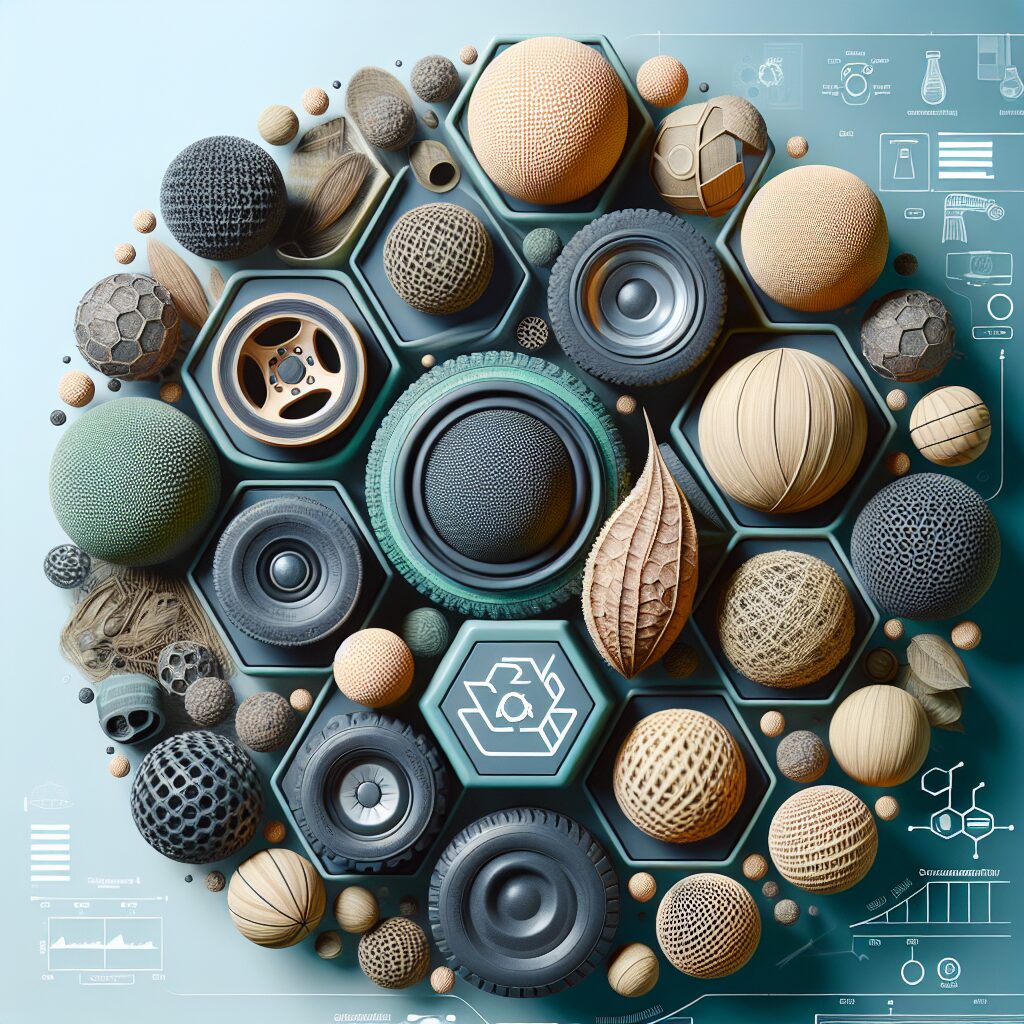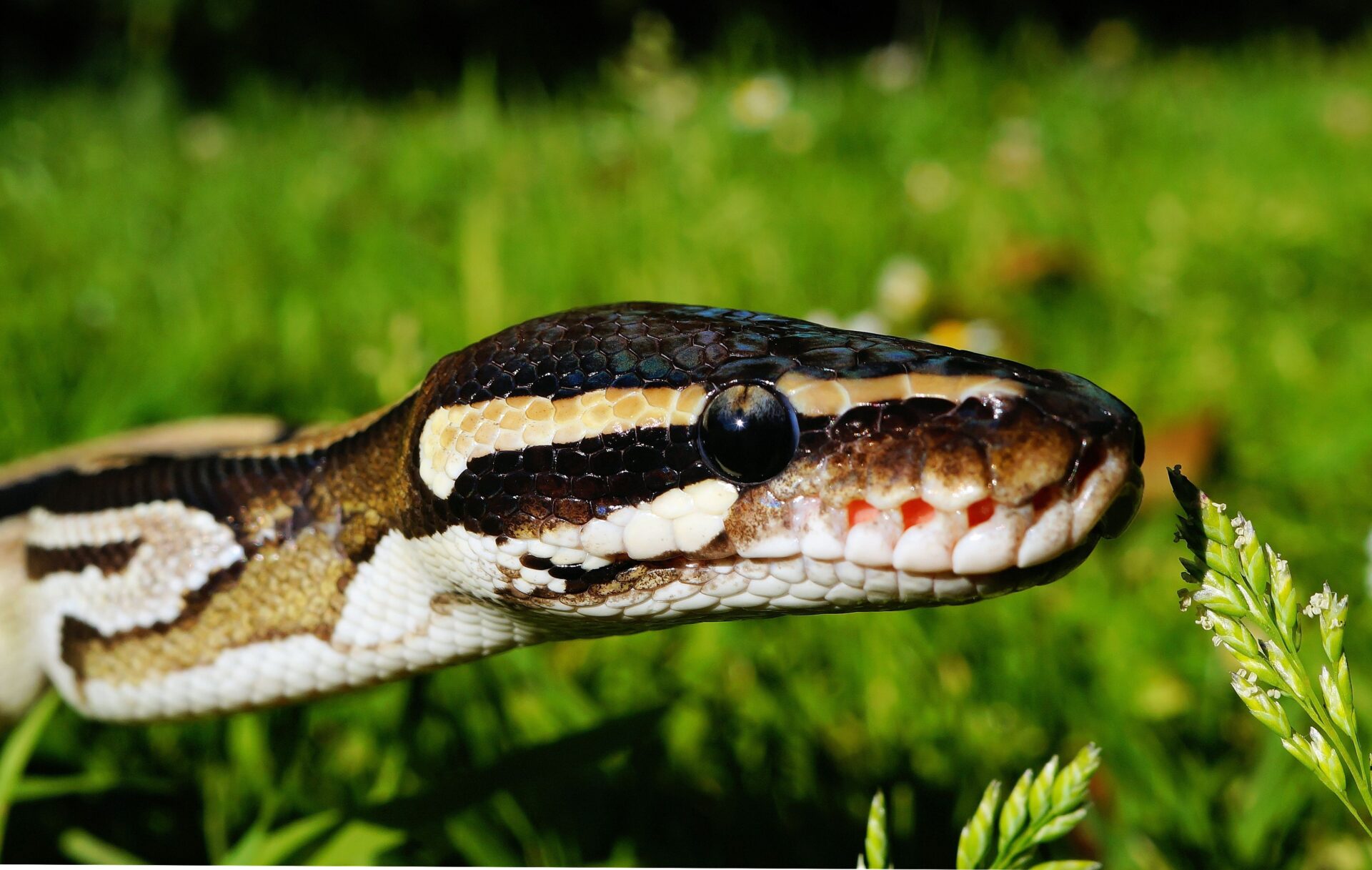Natural rubber is undoubtedly one of the most versatile materials used in the manufacturing industry, and its application in the production of balls is no exception. Derived from the sap of rubber trees, this renewable resource possesses impressive qualities that make it a sustainable choice for ball production. One unique fact about natural rubber is its ability to maintain its elasticity and resilience, even after repeated use. This property ensures that balls made from natural rubber can withstand the test of time, providing durability and longevity to users. Additionally, the natural composition of rubber allows for easy customization, making it possible to create balls that meet specific requirements for different sports or recreational activities.
The use of natural rubber in balls also has several positive impacts on the environment. As a renewable resource, natural rubber is derived from sustainable sources, minimizing the carbon footprint associated with its production. Unlike synthetic alternatives, natural rubber is biodegradable, meaning that it can decompose and return to nature over time. This characteristic not only reduces waste accumulation but also decreases the reliance on non-renewable resources. Moreover, natural rubber plantations contribute to the preservation of biodiversity by creating habitats for various species. These environmentally-friendly features make natural rubber an ideal choice for those seeking sustainable ball options.
Moving forward, this article will delve into the key takeaways regarding the benefits of using natural rubber in the production of balls. We will explore how natural rubber offers superior performance, durability, and customization options compared to other materials. Furthermore, we will discuss the positive environmental impacts of utilizing natural rubber, highlighting its renewable nature and biodegradability. By the end of this article, readers will have a comprehensive understanding of why natural rubber is an excellent sustainable choice for balls and the advantages it brings to both users and the environment.
Key Takeaways
1. Natural rubber is a sustainable choice for balls, as it is derived from the sap of rubber trees and is 100% biodegradable, reducing environmental impact compared to synthetic alternatives.
2. The production of natural rubber balls supports local communities in rubber-producing regions, providing income and employment opportunities, contributing to the economic and social development of these areas.
3. Natural rubber balls offer superior performance due to their high elasticity and durability, making them suitable for various sports and recreational activities.
4. The use of natural rubber in balls can help reduce carbon emissions, as rubber trees absorb significant amounts of CO2 during their growth, contributing to climate change mitigation.
5. Choosing natural rubber balls supports sustainable and ethical practices in the sports industry, aligning with the growing demand for environmentally friendly and socially responsible products.
Is Natural Rubber in Balls a Sustainable Choice? Everything You Need to Know
Understanding Natural Rubber
Natural rubber, also known as latex, is derived from the sap of the rubber tree, Hevea brasiliensis. This renewable resource boasts several properties that make it an ideal material for producing various products, including balls. The production process involves careful extraction, processing, and manufacturing to ensure the highest quality and sustainability.
Benefits of Natural Rubber in Balls
Natural rubber offers numerous advantages when used in the production of balls:
- Eco-Friendly: Being a renewable resource, natural rubber has a minimal environmental impact compared to synthetic alternatives.
- Biodegradable: Natural rubber decomposes over time, reducing waste and pollution.
- High Bounce and Durability: Natural rubber balls provide excellent bounce and resilience, making them suitable for various sports and recreational activities.
- Grip and Feel: The inherent tackiness of natural rubber offers superior grip, enhancing ball control and performance.
- Safe and Non-Toxic: Natural rubber is free from harmful chemicals found in synthetic materials, ensuring the safety of users.
Sustainability in Natural Rubber Production
The sustainable production of natural rubber involves several important considerations:
- Agroforestry Systems: Rubber trees are cultivated in agroforestry systems, which promote biodiversity and provide additional ecological benefits.
- Responsible Harvesting: The sap is harvested using techniques that prioritize tree health and maximize latex yield.
- Efficient Processing: Energy-efficient methods are employed during latex processing, minimizing resource consumption.
- Fair Trade Practices: Sustainable rubber production also involves fair wages, proper working conditions, and community development initiatives.
Applications of Natural Rubber Balls
Natural rubber balls find applications in various fields and activities:
- Sports: Natural rubber balls are commonly used in sports such as tennis, soccer, basketball, and cricket.
- Playgrounds: Rubber balls are widely utilized in playgrounds to facilitate safe and enjoyable play.
- Toys and Games: Many toys and games, from rubber balls for pets to bouncing balls for children, are made from natural rubber.
- Therapeutic Equipment: Natural rubber balls are often used in physical therapy and rehabilitation for muscle strengthening exercises and sensory stimulation.
Guides for Choosing Sustainable Natural Rubber Balls
- Consider the natural rubber certification to ensure the product has been responsibly sourced and produced.
- Check if the ball is biodegradable, ensuring minimal environmental impact after its useful life.
- Look for durability and bounce specifications related to the intended use of the ball.
- Verify the grip and feel of the ball, ensuring it meets your requirements for specific sports or activities.
- Support brands that are committed to fair trade practices and contribute to sustainable rubber production.
Frequently Asked Questions
1. What is natural rubber?
Natural rubber is a flexible, stretchy material derived from the sap of the rubber tree, scientifically known as Hevea brasiliensis. It is harvested by tapping into the tree’s bark and collecting the milky latex sap.
2. Why is natural rubber a sustainable choice for balls?
Natural rubber is considered a sustainable choice for balls as it is a renewable resource. Rubber trees are grown on plantations, and their sap can be harvested for several years without harming the tree. Additionally, natural rubber is biodegradable, contributing to a reduced environmental impact compared to synthetic materials.
3. Are natural rubber balls durable?
Yes, natural rubber balls can be highly durable. The material is known for its strength and ability to withstand impact and pressure. However, the durability may vary depending on the specific manufacturing process and the intended use of the ball.
4. Are natural rubber balls safe for children?
Yes, natural rubber balls are generally safe for children. Natural rubber does not contain harmful chemicals or toxins commonly found in synthetic materials. It is important to ensure that the ball is age-appropriate and properly labeled for children to avoid any potential hazards.
5. Can natural rubber balls be used for various sports?
Absolutely! Natural rubber balls are versatile and can be used for a wide range of sports such as soccer, basketball, tennis, and more. They offer excellent bounce and grip, making them suitable for both indoor and outdoor activities.
6. Are there any alternatives to natural rubber for eco-friendly-balls/” title=”Green Certifications: Recognizing Eco-Friendly Balls”>eco-friendly balls?
Yes, there are alternatives to natural rubber for those seeking eco-friendly options. For example, some companies use recycled rubber or other sustainable materials to create environmentally friendly balls. It is always a good idea to explore different options and choose products that align with your sustainability preferences.
7. Can natural rubber balls be recycled?
Yes, natural rubber balls can be recycled. However, the availability and ease of recycling may vary depending on your location and the recycling facilities in your area. It is recommended to check with local recycling centers to determine the best way to dispose of or recycle natural rubber balls.
8. Do natural rubber balls require special care or maintenance?
Natural rubber balls generally do not require any particular maintenance other than regular cleaning. It is advisable to follow the manufacturer’s instructions and keep the balls away from extreme temperatures or direct sunlight to ensure their longevity.
9. Are there any downsides to using natural rubber balls?
While natural rubber balls offer numerous benefits, they may have a higher initial cost compared to synthetic alternatives. Additionally, natural rubber may be susceptible to degradation over time if not properly cared for. However, considering their sustainability and overall performance, many find natural rubber balls to be a worthwhile investment.
10. Where can I find natural rubber balls?
Natural rubber balls are available in various sports stores, online retailers, and even some eco-friendly or sustainable product retailers. They are becoming increasingly popular, making them easier to find in today’s market.
Final Thoughts
Choosing natural rubber balls is not only a sustainable decision but also a smart choice for sports enthusiasts. The use of natural rubber helps promote the conservation of resources, as well as a reduction in the waste generated by synthetic materials. Furthermore, the durability and versatility of natural rubber balls make them ideal for various sports and recreational activities. By opting for natural rubber balls, you can enjoy your favorite games guilt-free, knowing that you have made an environmentally conscious decision.
In conclusion, natural rubber in balls offers a win-win situation – providing an excellent playing experience while minimizing the ecological impact. By supporting the production and use of sustainable materials, we contribute to a greener future for generations to come. So, let’s embrace natural rubber in balls, combining our passion for sports with a commitment to sustainability.




